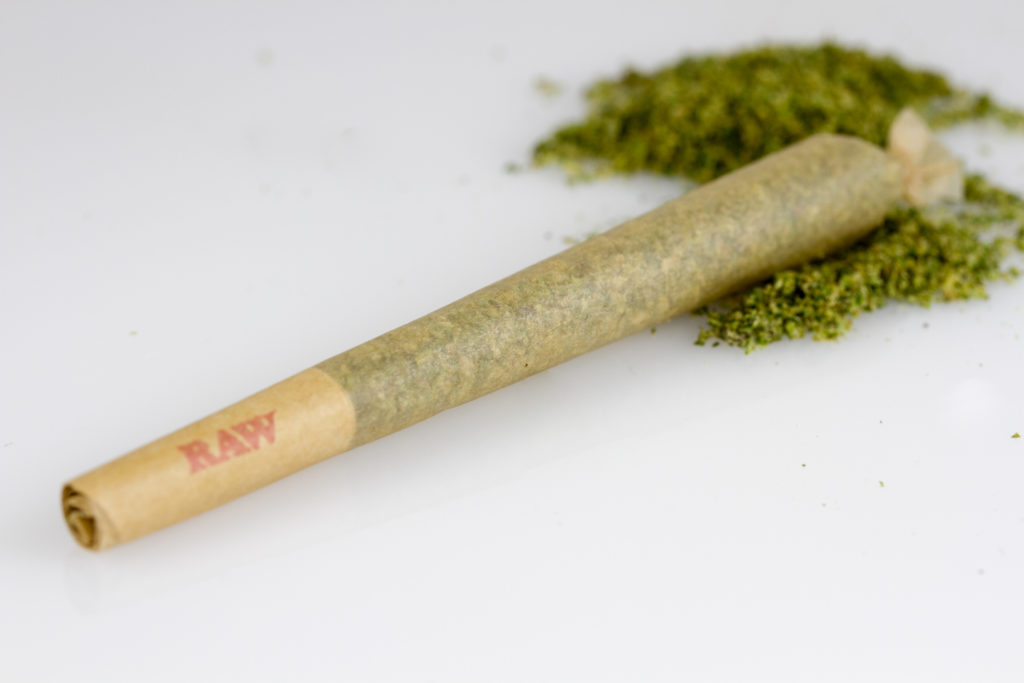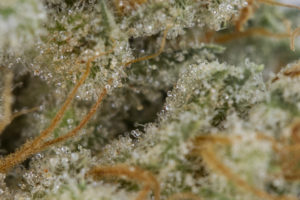
When you begin to explore the world of medical marijuana, some of the first terms you’ll come across are Indica and Sativa. Generally speaking, these terms refer to the two major classifications of the cannabis plant that have their own particular attributes and effects. However, these are not set-in-stone classifications but general guidelines that signal what patients can anticipate when using a strain of cannabis, including medicinal effect, bud structure, smell, taste, etc.
Indicas are cannabis plants that originated in mountainous regions of the world and have adapted to growing in harsh, cold climates. This gives the plant a shorter, squat structure that grows much like a bush with denser flowers/buds. Indicas are known for having body oriented effects which include relief of pain and inflammation, relaxation, sedation, and euphoria. Indicas have been dubbed “in-da-couch” by some for their sedative properties. This makes indica strains a good option for those experiencing chronic pain, muscle spasms, and insomnia.
Found in tropical and equatorial climates, sativa plants tend to be taller and more tree like in structure, while having less dense or loosely packed flowers and buds. Sativas are known for being more cerebral in nature and are typically more energetic, uplifting, euphoric, and appetite inducing. This makes sativa strains ideal for treating nausea, migraines, cachexia, and mood disorders such as depression. Often, sativa strains will have a fruity or sweet aroma.

The term hybrid is used to refer to those plants that are a cross between both indica and sativa plants, and therefore have a combination of effects that can take on attributes of either type. Usually hybrids are classified by their most prevalent traits into being either sativa or indica dominant so as to give an indication of what to expect.
Take, for example, the strain Blue Dream, a sativa dominant hybrid. It’s parents are the indica cannabis plant Blueberry and a sativa plant called Haze. By themselves, they produce what you’d expect, body effects from the Blueberry and cerebral energy from the Haze. When bred together to make Blue Dream, you get a more balanced strain that is uplifting without being energetic, a strain that provides pain relieving body sensations without being sedative.
With this in mind, we find that cannabis is not an either/or decision of indica or sativa; rather, it is a whole spectrum of effects and flavors that depend on more than just these two major classifications.
As each individual marijuana plant is subject to a confluence of factors that composite the plant’s profile, there are many things to consider besides the indica/sativa classification. The following is a brief introduction to other factors that govern a strains makeup:
Cannabinoids are chemical compounds found in marijuana that act on receptors in your body. The human body produces cannabinoids naturally, so the cannabinoids from a cannabis plant act on these receptors. Chances are you’ve heard of a few different cannabinoids such as CBD (cannabidiol) and THC (tetrahydrocannabinol). THC is known for its psychoactivity (that stoned or high feeling) while it also serves to relieve pain and stimulate appetite. CBD is not psychoactive but has many medicinal benefits such as pain relief, anti-anxiety, anticonvulsant, and anti-inflammation. These cannabinoids, among others, are found in a varying amounts in different strains.

Cannabinoids are odorless, so when you smell cannabis, you are smelling terpenes. These are compounds found in a variety of plants and attribute to their aromas. Like cannabinoids, they bind to receptors and produce particular, often medicinal, effects. For example, a common terpene found in cannabis is limonene: a citrus smelling terpene known to elevate mood. Each strain has it’s own profile of terpenes that play a role in the strain’s effects.
There are many other factors that play a role in the effects of a cannabis strain such as the genetics of the strain and the growing conditions of the plant (was it grown indoor or outdoor, were nutrients used, harvest time, curing time and location). The term “entourage effect” has been used to describe the totality of elements that add up to a strain’s effects.
While you can make a reasonable guess on what to expect from a strain based on its classification as indica or sativa, there are many things to keep in mind when discerning what effects to expect. For more information, contact the professionals at Arbors Wellness.